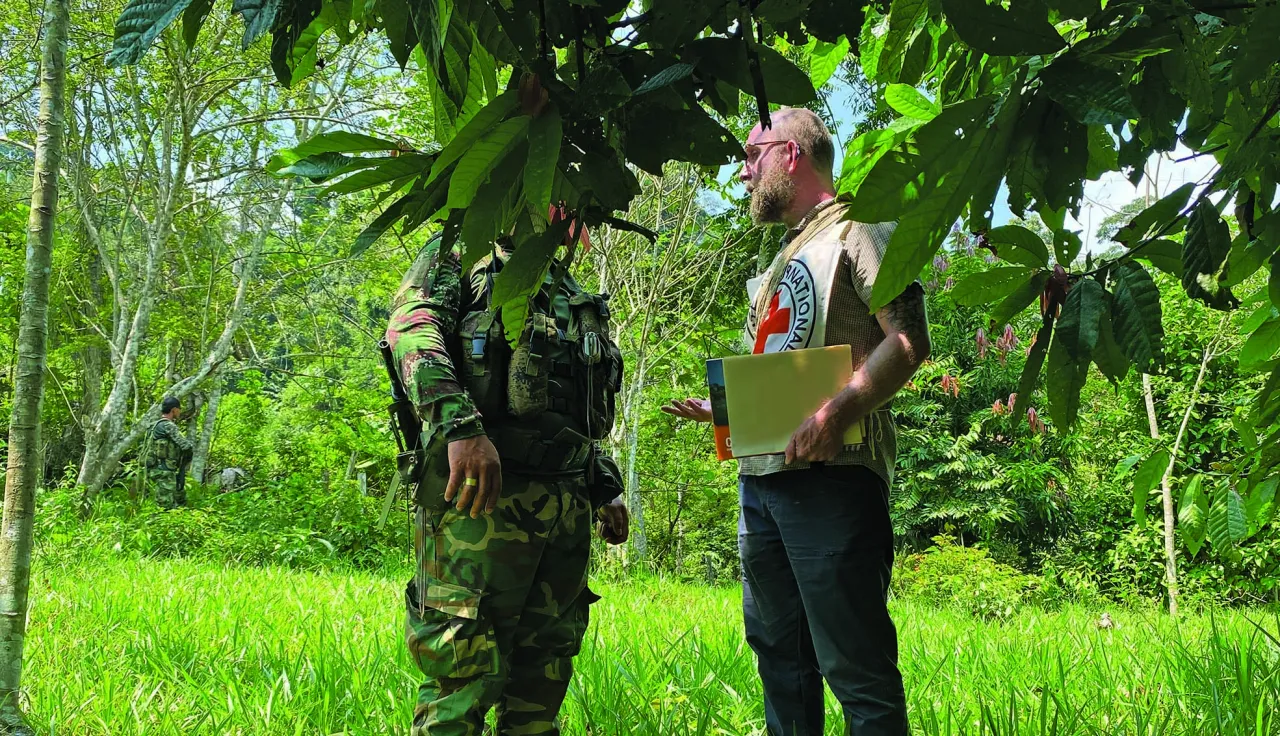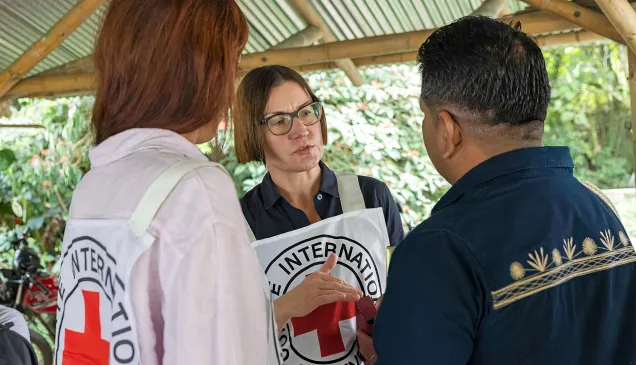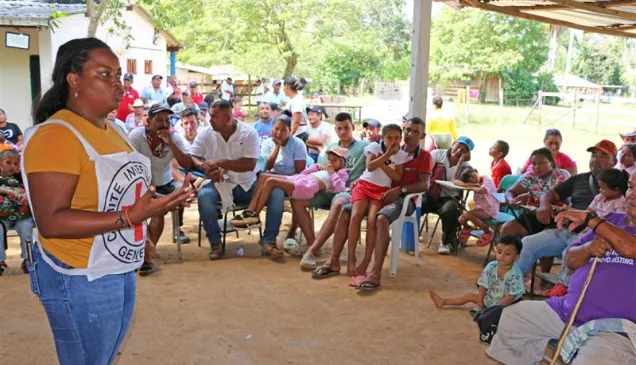Classification of the armed conflicts in Colombia

The complex reality described in the previous sections is partly the result of the fragmentation and reconfiguration of armed groups. The unstable and constantly changing scenario in Colombia has intensified the humanitarian challenges. However, our current legal classification of the armed conflicts in Colombia does not reflect recent changes, since at the end of 2024, we did not have enough accurate information to establish a new classification.
We therefore continue to work with our existing classification of eight non-international armed conflicts in the country, which is based on the criteria established by humanitarian law. Nonetheless, we are closely monitoring the situation on the ground and analysing our findings. The classification of armed conflicts is a rigorous process and changes in classification can affect how humanitarian law is applied.
This can have a profound impact on the parties and for the protection of communities living in the areas most affected by the conflicts. Considerable time is therefore needed to ensure the accuracy and legitimacy of the legal decision.
Why does the ICRC classify armed conflicts?
The ICRC classifies armed conflicts solely to fulfil its humanitarian mission. This mission includes carrying out its functions under the Geneva Conventions, their Additional Protocols and the Statutes of the International Red Cross and Red Crescent Movement, promoting respect for international humanitarian law and providing protection and assistance for the victims of conflicts.
On what criteria does the ICRC base its classification of a non-international armed conflict?
The ICRC bases its classification exclusively on humanitarian law, which establishes two criteria that must be met for a situation of violence to be classified as a non-international armed conflict: that the armed groups have a minimum level of organization and that the violence between the parties reaches a minimum threshold of intensity. Both criteria must be met for that classification to apply. The ICRC carries out a technical and objective analysis of reliable information collected in the territories to check whether these two criteria are met.
Under humanitarian law, are the motives of an armed group relevant for classifying it as a party to a non-international armed conflict?
Under humanitarian law, the motives of an armed group – whether political, economic, religious, ethnic or other – are not taken into account when determining whether it is a party to a non-international armed conflict or whether humanitarian law can be applied. Moreover, when a conflict is classified as a non-international armed conflict and humanitarian law is applied, this law does not grant armed groups or their members a special status. It neither permits nor prevents a state from negotiating with armed groups.



